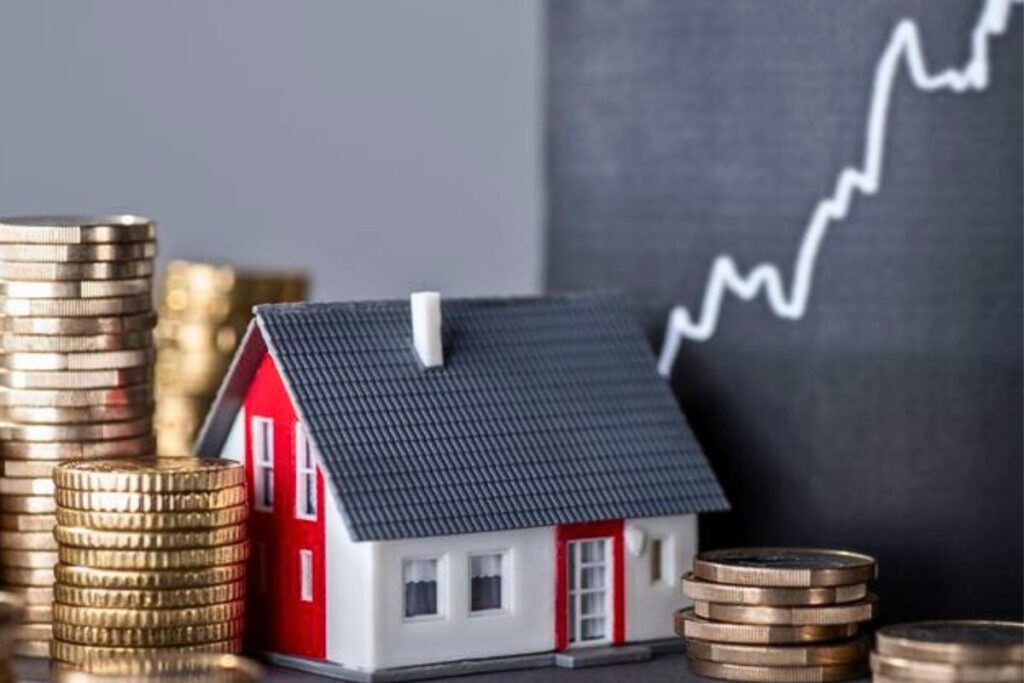Mortgage rates have been consistently above 7% recently, a statistic that has many prospective homeowners confused and wondering how it got to be. While high mortgage rates may seem to be an overwhelming obstacle, they are actually a sign of a healthy and strong economy.
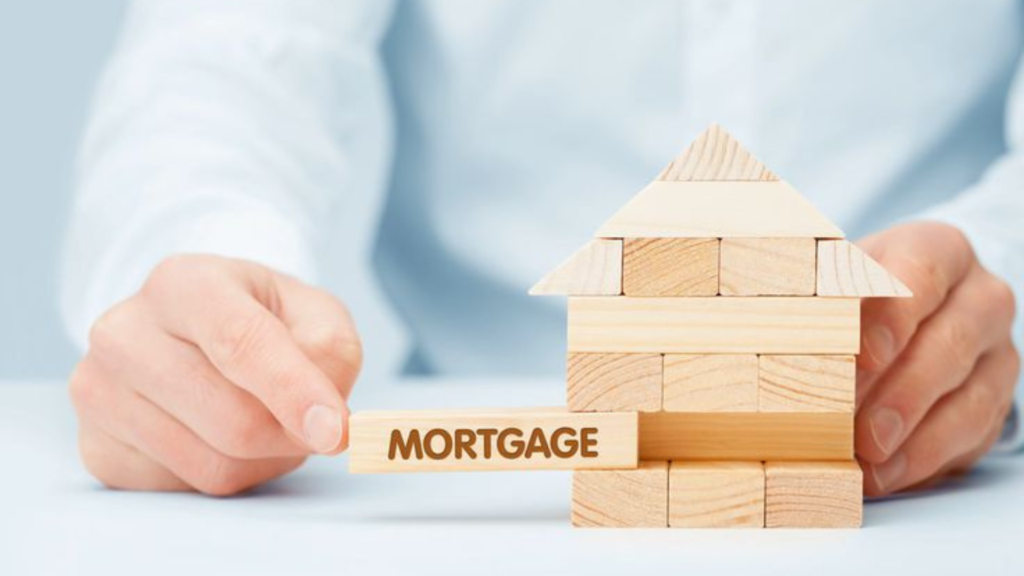
Now, let’s examine how a thriving economy maintains these rates at their current levels and what this means for the average consumer.
Recent Trends
Over the final days of June 2024, mortgage rates have marginally increased despite home sales having remained relatively low and the US economy is still strong.

According to Housing Wire’s Mortgage Rates Center, the average 30-year rate for conforming loans was 7.11%, up slightly from 7.08% in the last week of June 2024. Meanwhile, the 15-year conforming rate was rising sharply, reaching 6.99% on June 25, 2024, following a recent low of 6.56% on June 21, 2024.
The Link Between Mortgage Rates and the Economy
Mortgage rates are significantly connected to the state of the economy as a whole. When the economy is thriving with strong growth, low unemployment, and rising salaries, this encourages consumer spending, which raises demand and inflation.
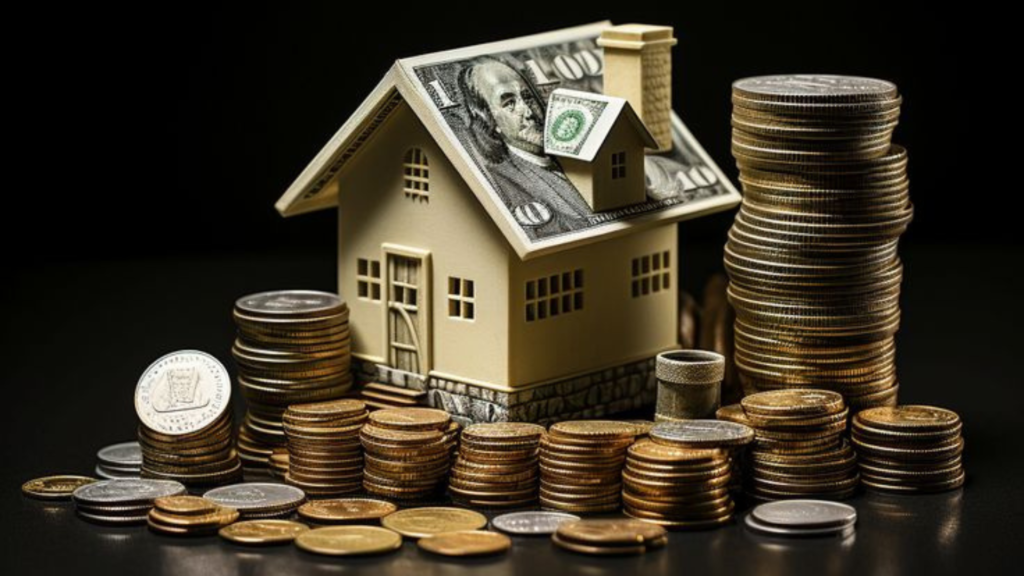
To fight inflation, central banks like the Federal Reserve raise interest rates by increasing the cost of borrowing and reducing spending. This leads to an increase in mortgage rates, which is why they are still over 7% at this time.
Factors That Indicate the Strength of the Economy:
Low Unemployment Rates
The historic low rate of unemployment suggests a strong job market. When the number of employed people increases, consumer spending increases, providing more disposable income (the amount of money a person or family has left after paying their taxes).
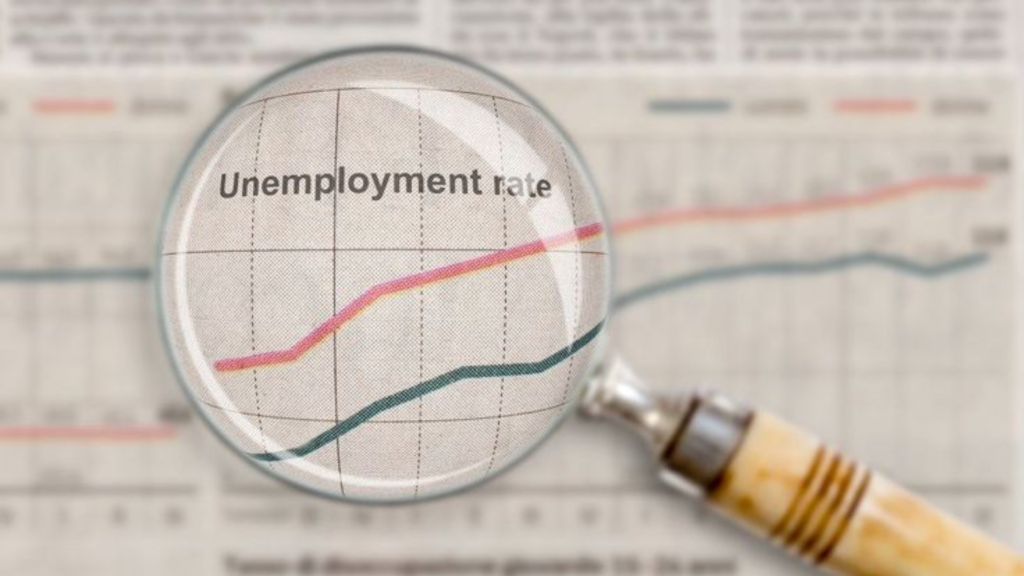
Furthermore, the rise in spending greatly facilitates economic growth because it boosts demand for goods and services. The economy is more likely to be stable and flourish as long as more people have solid incomes and are, therefore, more confident in it. A healthy economy depends on this cycle of employment and consumption.
Growth in Salaries
Earnings have been rising consistently, giving people more money to spend. This rise in income boosts consumer confidence and encourages more spending across various sectors. And since more individuals can now afford to buy homes, the demand for housing is also rising due to the increased disposable income.

Hence, rising demand for homes may result in higher property prices. If lenders react to the increasing market activity, the strong demand may result in higher mortgage rates.
ALSO READ: Gravity Payments’ Revenue Increased Threefold After CEO Dan Price Took a 90 Percent Pay Cut
Gross Domestic Product (GDP) Growth
The GDP has grown strongly, pointing to a constantly developing economy. In a situation like this, businesses and people are far more likely to borrow money and spend it, which increases the demand for credit and loans because lenders are responding to the increased demand for loans.
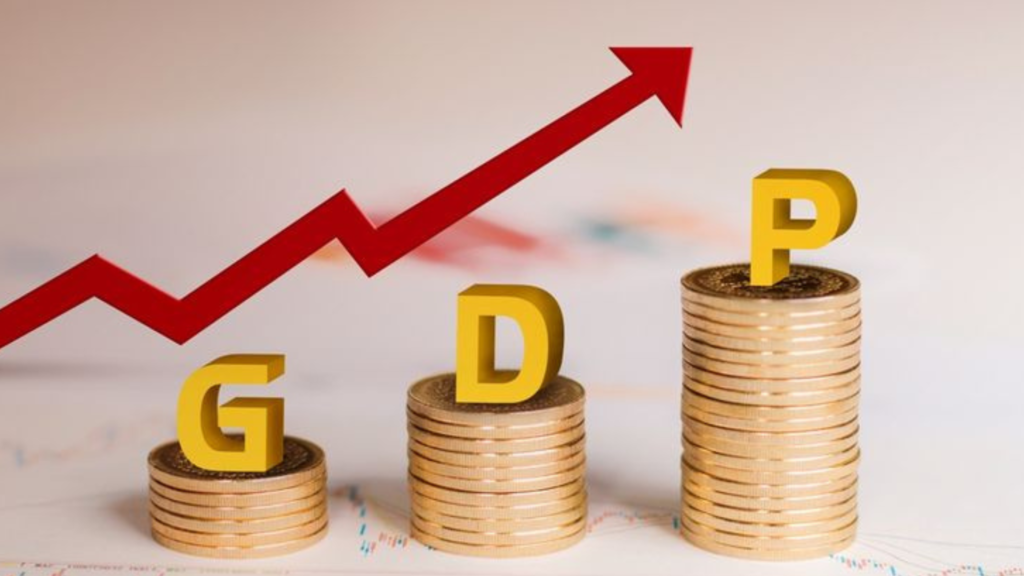
This increased economic activity frequently results in higher interest rates. As a result, mortgage rates typically increase in line with economic growth and GDP, indicating the general strength and health of the market.
Consumer Spending
Strong consumer spending continues to support economic growth and business performance. A rise in consumer spending boosts the economy generally and benefits various sectors.

Sustained consumer demand indicates that the economy is strong enough to support higher mortgage rates. And consumers’ financial standing is unaffected by the rise in borrowing costs since their continuous spending fuels economic growth and keeps interest rates from rising too much.
The Role of the Federal Reserve
The federal funds rate, which affects borrowing costs, is one way the Federal Reserve significantly affects mortgage rates. The Federal Reserve may hike rates in a strong economy to contain inflation and avoid overheating.
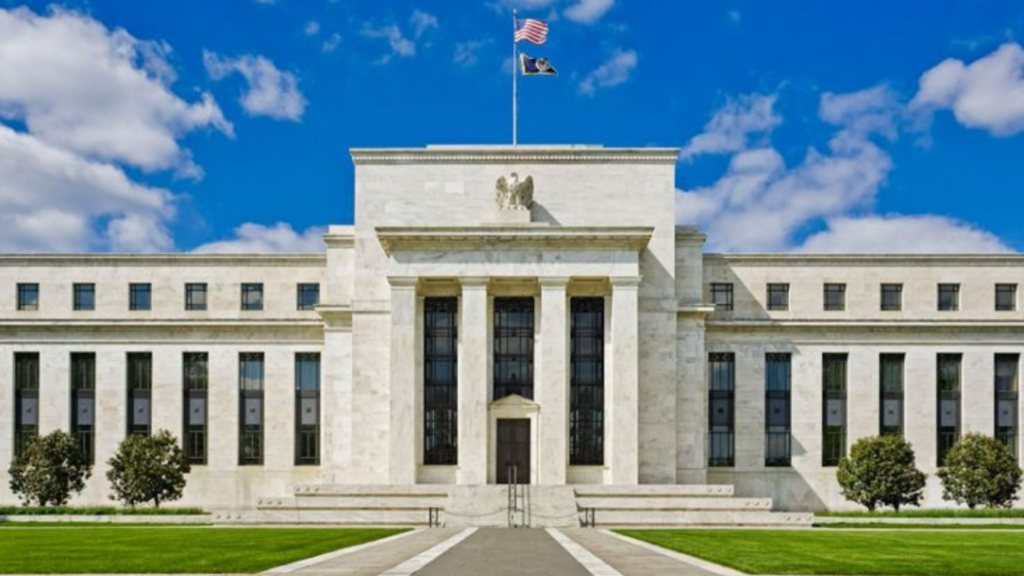
Recently, they have carefully struck a balance between promoting economic growth and reducing inflation. Because of this cautious approach, mortgage rates have remained stable above 7%, which is indicative of the Fed’s efforts to control inflation pressures and preserve economic stability.
The Impact on Homebuyers
Higher mortgage rates can present an uncertain outcome for those considering buying a home. They make owning a home more expensive, even though they indicate a strong economy with jobs and higher salaries. The immediate impact is higher monthly payments, which put pressure on finances, especially for first-time homebuyers.

This means buyers may have to reduce their expectations, which presents affordability issues. Increased competition in a strong economy could end in bidding wars and higher prices. Higher rates also make refinancing less attractive to current homeowners.
Strategies for Prospective Homebuyers
If you plan on buying a house, you can navigate high mortgage rates by comparing offers from several lenders to get the best deal. You could also boost your score by clearing debt, paying bills on time, and fixing errors on your credit report. Plus, lowering the loan amount could help you secure more favorable terms.
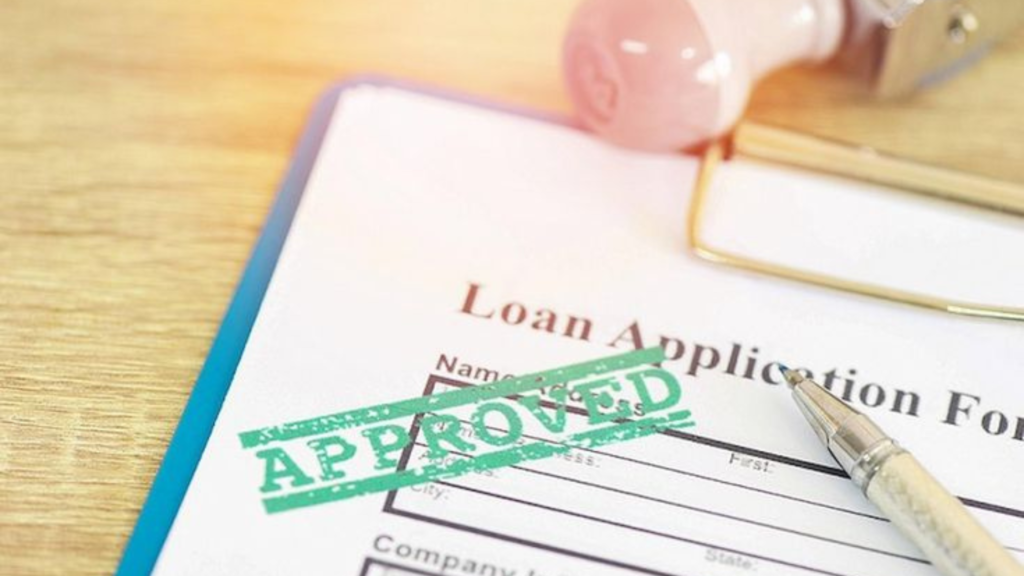
You can also consider Adjustable-Rate Mortgages, which have lower beginning rates and are beneficial for people who want to relocate or refinance before the rate change. Finally, you could take advantage of local, state, and federal programs that provide low-interest loans, tax credits, and help with down payments.
ALSO READ: $13 Million Housing for Migrants in Maine Causes Controversy
The Impact on the Housing Market
Higher mortgage rates can impact the housing market by moderating home price appreciation, which sustains market stability. However, some homeowners with lower mortgage rates may be reluctant to sell, thereby reducing the housing supply and making it harder for buyers to find a home.

Due to lower demand, builders may also decide to suspend new projects, which would decrease the number of new homes available. Additionally, since growing rents offset financing costs, real estate owners may choose to concentrate more on rental properties due to the higher borrowing rates.
Navigating the Future
Navigating mortgage rates above 7% in an economic boom requires strategic planning. Although this may present difficulties for homebuyers, these rates indicate economic growth and stability. Therefore, understanding the drivers and seeking advice from finance experts makes it possible to navigate this environment successfully.

Making informed decisions requires staying up-to-date on economic trends. Even though becoming a homeowner can be challenging, it’s an activity worth doing when the economy is doing well.
You Might Also Like:
Construction Starts on €8 Billion ‘Smart City’
Cancel Your Car Insurance in 3 Easy Steps
How To Reduce Your Mortgage Timeline by Paying Biweekly
Salesforce Shareholders Reject Pay Plan for CEO Marc Benioff and Other Top Executives

